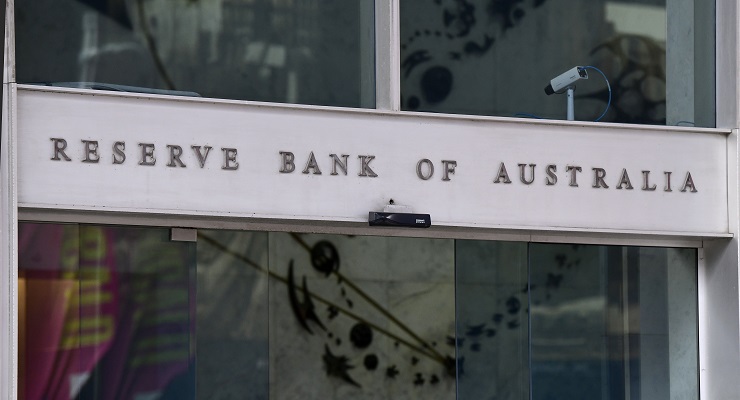
That’s it! If interest rate futures markets are to be believed, our rate hiking cycle is over.
A dramatic shift in the pricing of interest rate futures on Tuesday has left financial markets betting that rates won’t rise further from here. As the next chart shows, on Monday interest rates were expected to lift until September this year, with another rise or two priced in. But now markets are suddenly expecting only a tiny chance of a rate rise, and only until June. The far greater probability is no change.
The chart shows the predictions of the interest rate futures market, which has proved reliable in recent times. It was telling us rate rises were coming back in 2021 when the Reserve Bank insisted it would leave them “low for long”.
The way the chart works is by showing future dates on the horizontal axis, and the prediction of where interest rates will be on that date on the vertical axis.
The March 2023 figure is 3.6% because that’s where rates are at the moment. As we go across, we can see that the red columns get taller but the blue columns don’t. The red columns show data collected from futures markets on Monday at close of business. At that time, the prediction was that interest rates would rise throughout most of the rest of the year, and hover just below 4%. But by Tuesday (the blue bars) that had changed. Now markets predict RBA board meetings to be non-events, with no change in rates pencilled in..
What has changed in the real world to create this sudden change of heart?
The big answer is a higher risk of US recession. American interest rates are no longer expected to rise as much and that affects Australia’s central bank.
US recession risk spiked this week because of the troubles at Silicon Valley Bank. The banker to the tech industry became insolvent and was nationalised. The risk of a repeat of 2008 — where financial contagion brought down a range of big institutions — began to loom.
A recession was already likely in the US because of the deliberate tightening of interest rates. An extra tug on the leash thanks to financial system fear makes that likelihood higher, and the prospect of a sharp rather than mild recession higher.
If the US goes into recession, it drags down the global economy with it. That will be helpful in one sense, because it would end inflation more rapidly.
The reason for rising prices is a mismatch between supply and demand that permits sellers — farmers, shipping companies, mining companies, manufacturers, etc — to raise prices and still sell everything they can make. A recession slashes demand so they can no longer do that. If a recession means a farmer can no longer sell his wheat at $30 a bushel, or a Chinese manufacturer can no longer sell a container of T-shirts for $30, they cut prices to $28. So a recession should lead to lower prices.
But of course a slower global economy comes with costs. People are thrown out of work. We’ve already seen Australian unemployment rise off its record lows, and with another unemployment figure to be released on Thursday, we may see it rise further still. A US recession would make a return to falling unemployment very unlikely, even if interest rate rises stop in Australia.
Nevertheless, if the markets are right and we are at the end of the interest rate rise cycle, this week marks a turning point where the RBA stops deliberately cooling the economy. From here on, the cooling of the economy will come from the “rolling off” of households on fixed interest rates to new, higher variable rates. A jump from 2% rates to 5% rates could be quite the shock for some households, adding $1000 or more to monthly repayments.
That will tighten household budgets and mean spending in the economy continues to cool.
That’s worth remembering when you see headlines about the RBA ceasing to take action: because rate rises work with a lag, a lack of movement doesn’t mean a lack of impact. Rate rises may be over, but contractionary monetary policy is still in effect.








Someone should tell the capitalist god that (s)he is only supposed to be bailed out by the taxpayer every five years, not every two. And we still believe capitalism ‘works’? – what wonderful faith we have.